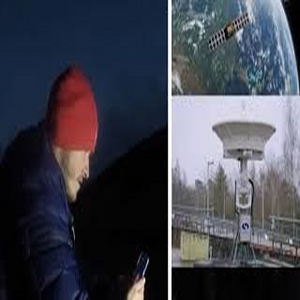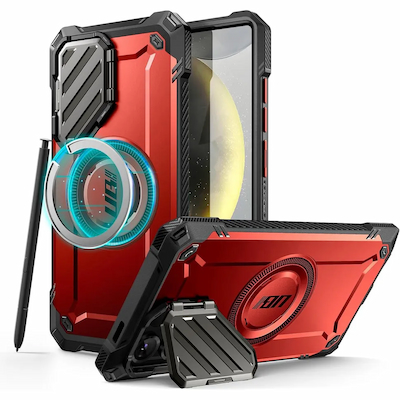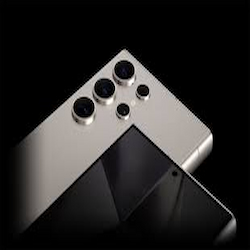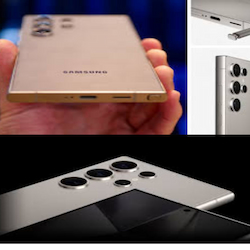Vodafone Satelite video call is going to be a game changer. Prior to its 2025 launch, Vodafone made the “first” satellite video call from a standard phone. It is working with AST SpaceMobile, a competitor of Starlink, on a direct-to-smartphone satellite service that it intends to introduce later this year in Europe.
Vodafone Satellite Video Call, The First Call
Vodafone claims to have tested a method that would provide mobile broadband service to 4G and 5G phones without the need for specialized satellite hardware by making what it terms “the world’s first” satellite video call using a typical smartphone. Before the end of 2025, the service is anticipated to debut in Europe using satellites from SpaceX competitor AST SpaceMobile.

Vodafone Satellite Video Call, Signing Deals with Tech Giants
Additionally, AT&T and Verizon have agreements with AST SpaceMobile, a company based in Texas, to offer satellite-to-smartphone services throughout the United States. Since the FCC has given the business permission to start testing its US-based coverage for AT&T this spring, a full deployment is probably going to be delayed compared to Europe.
Satellite Video Call, Space X
Last year, SpaceX used “unmodified mobile phones” to showcase its own Starlink satellite-based video conversation between two US-based employees. Unlike SpaceX, Vodafone made the call from a remote location that doesn’t seem to have cell connectivity, so their attempt might not be a world first.
READ ALSO: Traveling in France with the eSIM
Satellite Video Calls, BlueBird Satellites
In order to provide the satellite service, Vodafone teamed up with AST SpaceMobile, which has already launched five BlueBird satellites in low Earth orbit. The satellites are connected to Vodafone’s terrestrial network via a space-to-land gateway, which routes the signal. According to Vodafone, it is a “complementary” technology that can fill in the gaps in its current mobile network, which covers far-flung locations like mountains and the ocean. By 2026, it is expected that the direct smartphone-to-satellite service will close the last signal coverage gaps in Europe.
Satellite Video Calls, 4G and 5G Signals
There is no need to use a phone with dedicated satellite components because AST SpaceMobile’s satellite system connects using standard 4G and 5G signals. In addition to video calling, Vodafone claims to provide a “full mobile broadband experience,” with peak speeds of up to 120 megabits per second.
Satellite Connectivity is Readily Available
Some iPhones and Google Pixel phones with appropriate modem components already have satellite connectivity, but it’s primarily restricted to SMS messages, location sharing, and emergency alerts. In collaboration with Starlink Direct-to-Cell, T-Mobile is beta-testing its own US network. This service will also function with regular cell phones, albeit initially only for text messages; calls and data will be added later.
Vodafone Satellite Video Call, Closing The Digital Divide
According to Della Valle, Vodafone’s role is to link everyone, wherever they may be. “We are connecting those who have never had access to mobile communications before and providing our clients with the greatest network available. Enabling people from all around Europe to stay in contact with friends, family, and coworkers or to ensure dependable rural connectivity in case of an emergency, will contribute to the closing of the digital divide.



